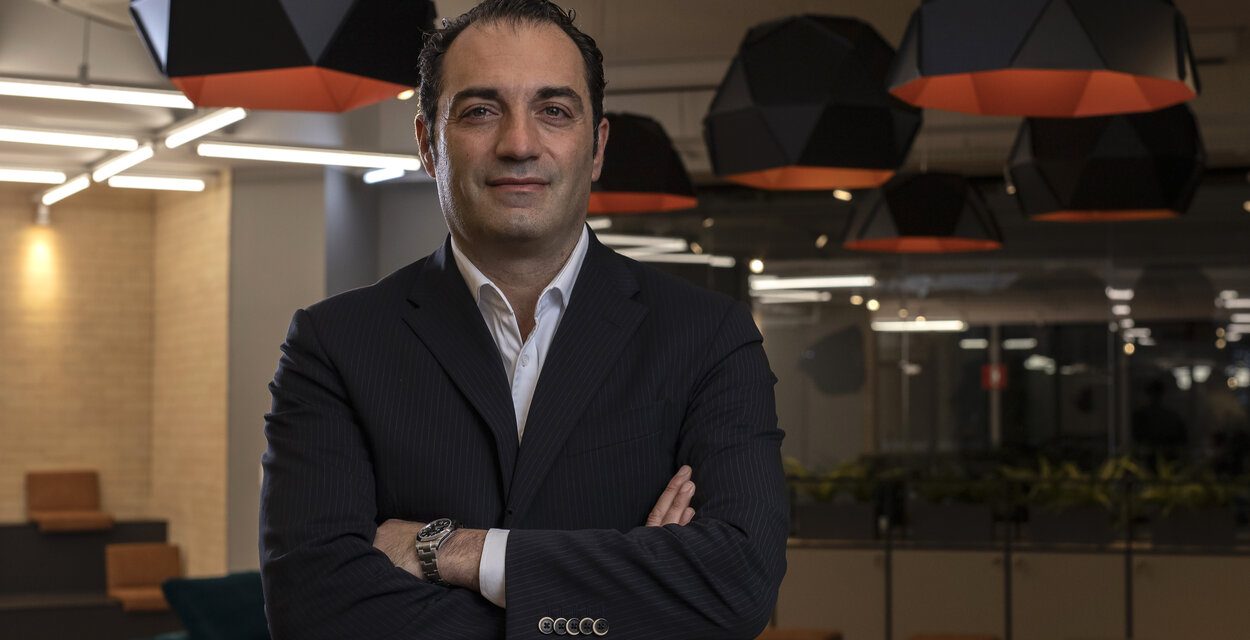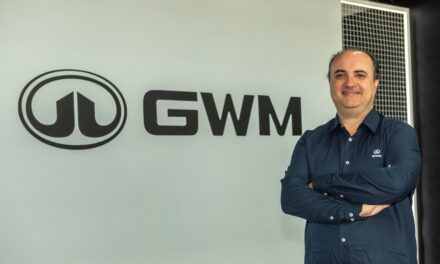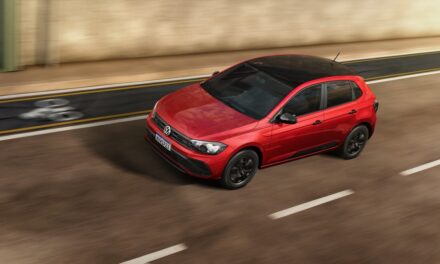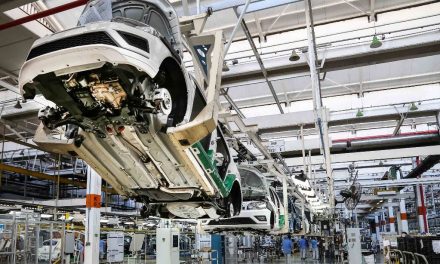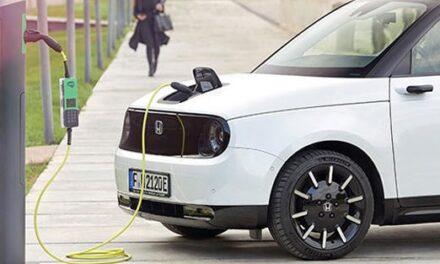By George Guimarães | Translated by Jorge Meditsch
Stellantis completed two years last January 20 and has nothing to complain about from South America. In 2022, it led sales in the region for the second consecutive year with a share of more than 23%. Better yet: in the region’s largest markets, Brazil and Argentina, it had the best-selling vehicles and 32.9% and 30.7% of deliveries.
Antonio Filosa, president of Stellantis in the region, says the results, considering the pandemic-generated difficulties for the production chain and the market, are aligned – and in some aspects even better – with the strategic plans for the period from 2021 to 2025.
For this interval, the manufacturer programmed 43 new vehicle launches and model updates from eight brands. With 17 novelties, the SUVs will lead the attractions.
The manufacturer expects to present also nine passenger cars, nine vans and eight pickups. This last segment shall stand out this year with the beginning of production of a RAM model in Brazil and another large pickup branded Fiat.
In 2021 and 2022, Stellantis launched nine hybrid and electric models in South America. All imported. This scenario shall change in the medium term.
In an interview this Tuesday, 1/31, Filosa emphasized once more the company’s determination to reduce the dependence on tax rates and the exposure to international logistic difficulties in the process of electrifying its product portfolio in the region.
“The development of local electrification technologies is the first objective. The second is not to lose competitiveness”, asserted the executive, who did not reveal a precise date when the first flex hybrid powertrain made in Brazil would reach the market.
But it should not take long – maybe one year or a little more. Filosa admitted it will demand some more months of tests. “Everything will be developed and manufactured here. We currently have vehicles with more than 90% local content, and this industrial policy has never changed. We will not bring kits from Asia, ” he said, referring to the competitors already offering ethanol hybrid models.
The incorporation and development of electrified technologies in South American production shall be a relevant part of the next investment cycle of the company from 2025 through 2030, but since last year it is already demanding joint efforts with suppliers, startups and research and educational institutions.
This program, named Bio Electro, will gain speed this year and has as a premise the use of ethanol as part of all solutions presented. The development will be centered in the plant of Betim, MG, where the group has 1.5 thousand of the 1.7 thousand engineers it employs in Brazil.
- Com Renegade patinando, Jeep perde terreno para os SUVs da Volkswagen - 3 de abril de 2025
- Strada e Argo fazem dobradinha da Fiat em março - 2 de abril de 2025
- BYD vendeu 1 milhão de veículos no primeiro trimestre, 20% fora da China - 1 de abril de 2025

